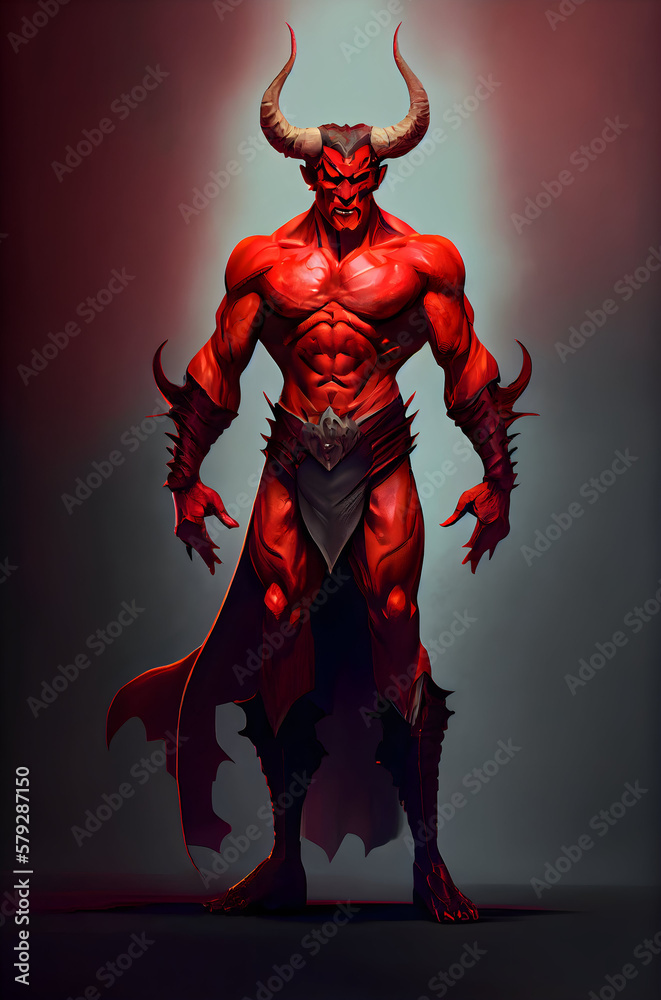The Devil tarot card, often shrouded in mystery and intrigue, evokes a myriad of emotions and interpretations. Typically numbered as the fifteenth card in the Major Arcana, its image is arresting—a demonic figure, often accompanied by representations of bondage, temptation, and deceit. Yet, beneath this seemingly ominous facade lies a rich tapestry of meanings that can elicit profound insights and provoke powerful shifts in perception.
At first glance, the Devil card may appear to symbolize cruelty, chaos, or the darker aspects of existence. However, upon closer examination, it invites individuals to confront their inner demons. This confrontation is not merely external; it often stems from one’s own fears, desires, and limitations. The Devil serves as a potent reminder of the human struggle with addiction, obsession, and escapism. It beckons to acknowledge those shadowy corners of the psyche, encouraging a journey of self-discovery and healing.
Central to the Devil’s imagery is the notion of bondage. Often depicted are figures tethered to chains, representative of the ties that bind us—be they unhealthy relationships, harmful habits, or societal expectations. This imagery powerfully illustrates a choice: the decision to liberate oneself or to remain shackled. Recognizing the power dynamics at play in your life can be the first step toward freedom. When this card appears in a reading, it may signal a time to assess areas where one feels entrapped, urging a brave reevaluation of those circumstances.
Furthermore, the Devil tarot card invites individuals to examine their desires. In many ways, desire acts as both a driving force and a chain. The pursuit of pleasure, while a natural part of existence, can lead to compulsive behaviors when left unchecked. Herein lies the duality of the card: it starkly challenges the notion of indulgence versus restraint. Upon reflection, one might ask themselves whether their cravings are leading them toward enlightenment or regression.
Another fascinating layer to the interpretation of the Devil card is its connection to materialism. Often, this card emerges when one finds themselves excessively focused on material gain or superficiality. The allure of wealth, status, or physical appearances can entice individuals into a cycle of desire that ultimately proves fruitless. When appearing in a spread, the Devil may emphasize the importance of examining the motivations behind one’s pursuits. Are these aspirations contributing to genuine contentment, or do they merely serve as distractions from deeper existential inquiries?
Rotation through the Devil’s symbolism also unveils its connection to sexuality. This card exudes a potent energy that can represent repressed sexual urges or an exploration of sensuality. In this light, the Devil embodies the raw expression of passion and eroticism, urging individuals to embrace their sexuality without shame or fear. This card does not promote recklessness; rather, it encourages authenticity and self-acceptance. It reminds us that understanding and embracing one’s desires can lead to healthier relationships and self-fulfillment.
While it may seem alarming at first, the Devil card also encompasses themes of empowerment. The image of a powerful entity may incite fear, yet it is crucial to recognize that empowerment emerges from understanding the chains that bind us. In psychological contexts, facing one’s fears and weaknesses can lead to empowerment and liberation. This juxtaposition of fear and strength encapsulates the dual nature of the Devil—what once terrified can lead to transformative growth when embraced with courage.
In a broader metaphysical context, the card signifies the journey from ignorance to enlightenment. The illusions that bind us, whether they be societal constructs, self-limiting beliefs, or cultural expectations, represent the devilish delusions that obscure our true selves. The appearance of this card suggests a potent invitation to pierce through the veils of illusion and achieve deeper awareness and liberation. It champions the pursuit of truth above all else, even if that truth necessitates facing uncomfortable realizations about oneself.
As one delves deeper into the complexities of the Devil tarot card, curiosity is piqued. It poses a myriad of questions: What are the elements in my life that I have allowed to dictate my behavior? In what ways am I complicit in my own bondage? What needs to be acknowledged and transformed for true liberation? Engaging with these inquiries can facilitate meaningful self-reflection. It opens a dialog about the nature of desires and fears, illuminating the path toward self-acceptance and growth.
Indeed, the Devil card serves as an essential reminder that our greatest battles often lie within. While fear and temptation can loom large, they can also be catalysts for profound change. Instead of viewing the Devil solely as a symbol of maleficence, consider it as a harbinger of personal evolution—a necessary confrontation to traverse the shadows and emerge with newfound clarity and conviction.
In summation, the Devil tarot card invites a transformative journey. By navigating its intricate layers, one is urged to confront the darker aspects of the self, recognize unhealthy attachments, and question societal norms. With this introspective lens, curiosity ignites, encouraging a departure from ignorance and a leap toward enlightenment. It is a card of both warning and insight; an invocation to embrace the complexities of existence and emerge resiliently transformed. By understanding the dualities inherent within ourselves, the Devil can inspire not just caution but also liberation, awakening a deeper understanding of the human experience.









Leave a Comment